An old, somewhat passé, trick used to purify protein samples based on their affinity for water has found new fans at NIST.
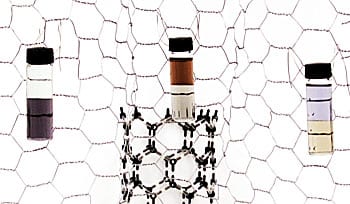

An old, somewhat passé, trick used to purify protein samples based on their affinity for water has found new fans at NIST.
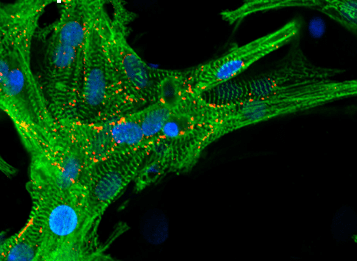
A new biomaterial for heart tissue regeneration, resembling live cardiac tissue in key characteristics, has been reported.
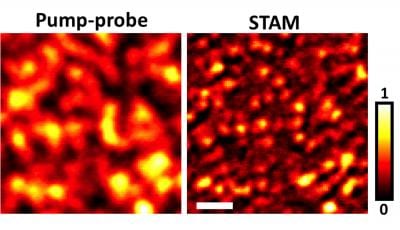
Researchers have found a way to see synthetic nanostructures and molecules using a new type of optical microscopy that does not require fluorescent dyes.
100-nanometer-long “meta-atom” of gold and silicon oxide is capable of straightening and speeding up light waves.
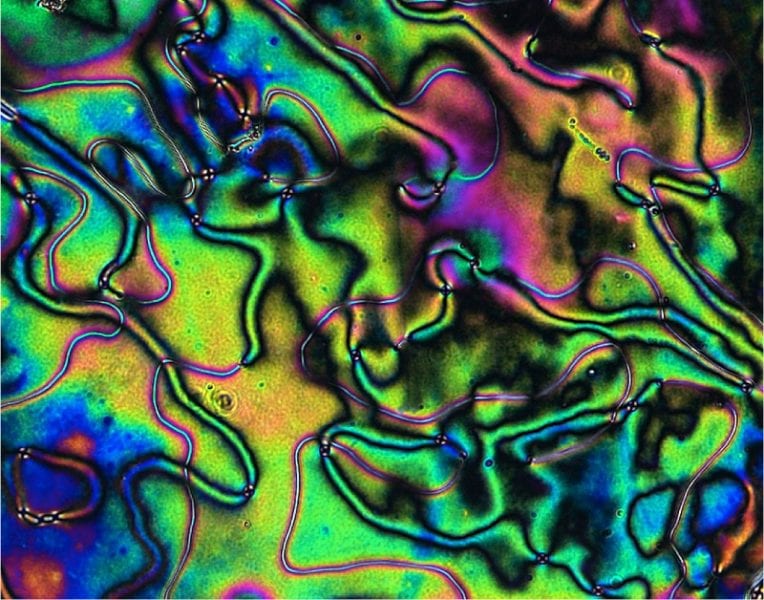
Rice University researchers find that silicone liquid crystals stiffen with repeated compression.
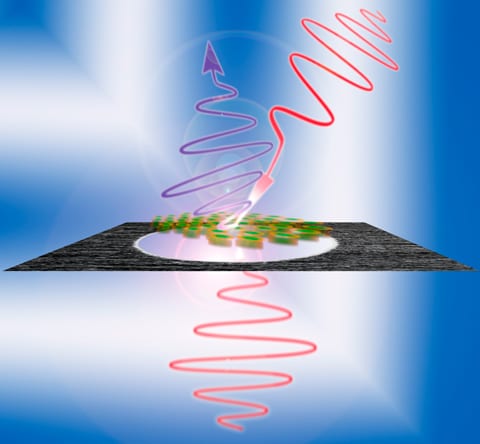
Researchers succeed in generating flashes of extreme ultraviolet radiation via the reflection from a mirror that moves close to the speed of light.
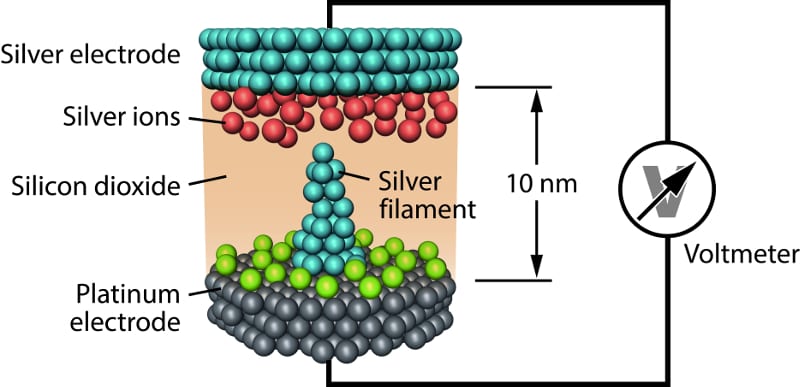
Resistive memory cells open up new possibilities in nanoelectronics.
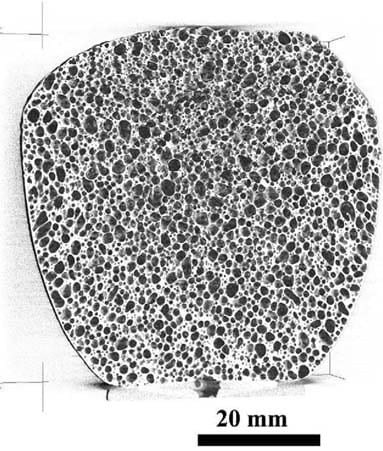
The history, current status and future development of metallic foams is described in a comprehensive review in Advanced Engineering Materials.
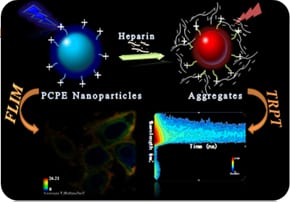
Researchers report the application of TRPT and fluorescence lifetime imaging microscopy (FLIM) for heparin sensing and bioimaging.
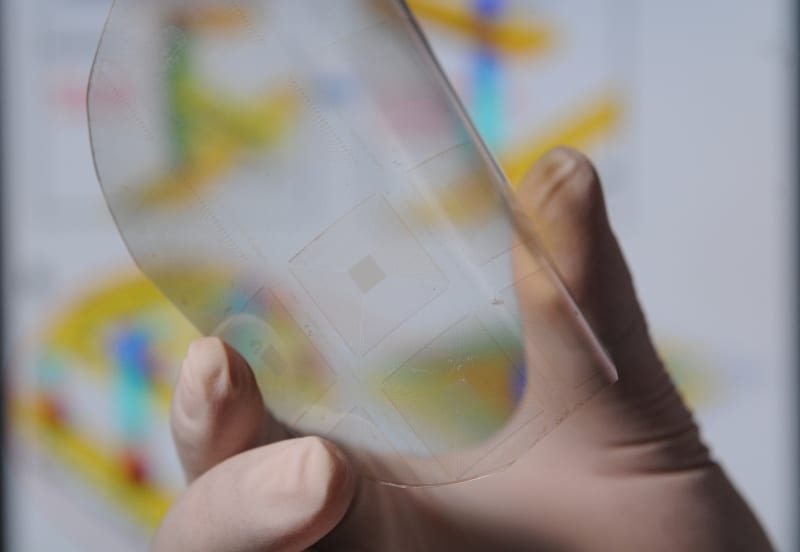
Researchers have fabricated arrays of piezotronic transistors capable of converting mechanical motion directly into electronic controlling signals.